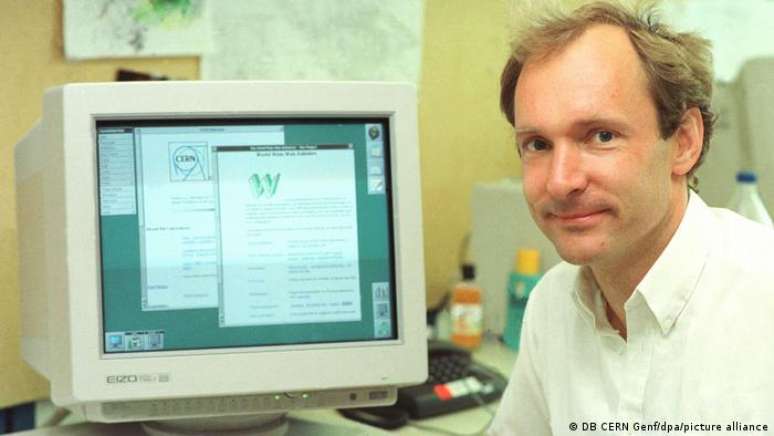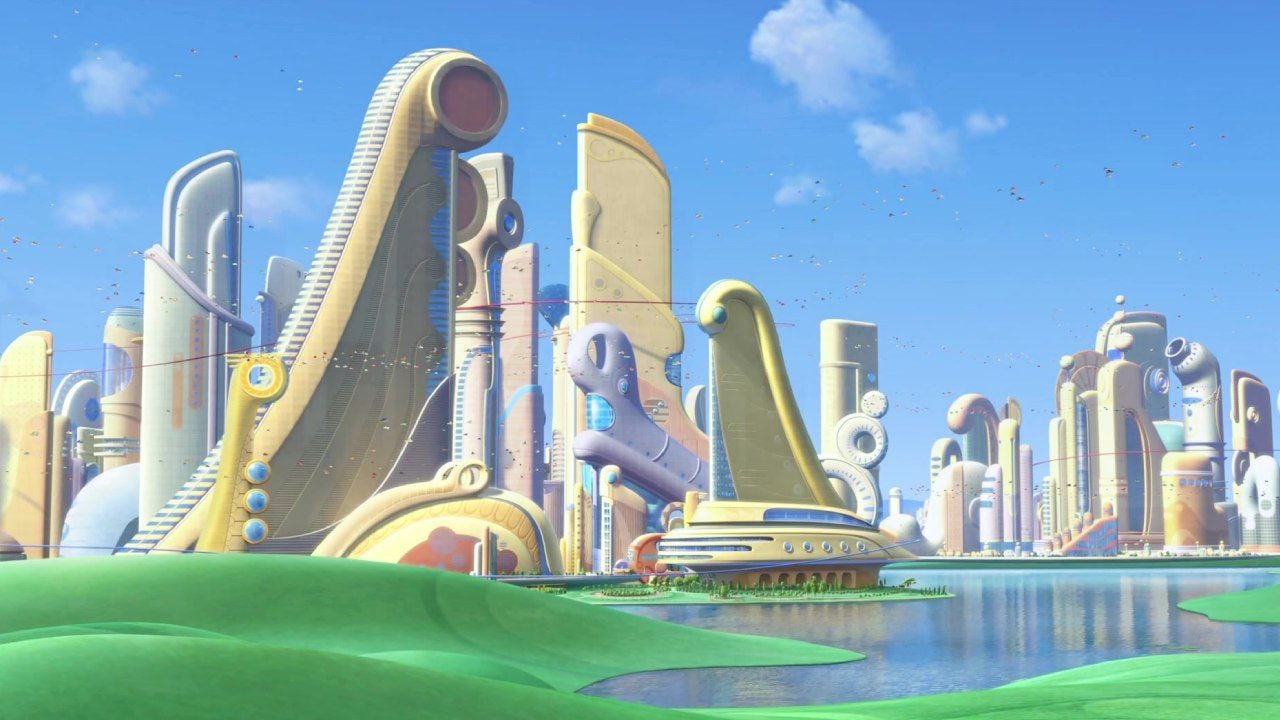In 1993, the CERN research center laid the foundations for the Internet. Artificial intelligence promises to be the next step in the odyssey.
1989 was a year of revolutions. One of these occurred in the mind of the Englishman Tim Berners-Lee: the physicist of the research center of the European Organization for Nuclear Research (Cern), in Geneva, the most famous in the world, was annoyed by the notorious chaos of information between the various institutes and the numerous working groups and projects.
As a solution, he came up with the idea of a digital data network through which scientists could exchange information. The scientist, at the age of 34, briefly sketched the conception. “Vague but exciting,” his boss commented on him in the memo. Apparently too vague, because nothing happened at first.
But Berners-Lee kept thinking, and the individual components of the World Wide Web were formed: the Uniform Resource Locator (URL) for web addresses, the HTML language for describing pages, that is, programming them. The HTTP technical protocol for connections worked and a recipe for a browser was finally found.
Tim Berners-Lee in a photo from 1994 (Photo: DB CERN Genf/dpa/picture alliance)
On April 30, 1993, the world public finally saw the result: Cern researchers launched the World Wide Web. The triumphal march of the Internet has begun and technologically little has changed to date.
Goodbye to paper encyclopedias
Today’s parents have to explain to their 13-year-old daughter that they knew neither the internet nor smartphones at that age. Instead of mall tours, today people shop online.
Bulky encyclopedias lie forgotten on shelves like mere dust collectors; while Wikipedia is the address for anyone looking for express information, whether it’s about the 1789 revolution or the very invention of the Internet. Those who need an apartment no longer browse the ads in the newspaper, they find lots of ads on the real estate portals.
Sometimes disorientation, or at least information overload, is the flip side of this digital network. In principle, everyone can advertise and publish their opinions, ideas, products, goods and visions on the net – and this is the origin and idea of \u200b\u200btheir function. Donald Trump is a good example: by the way, the reach of his Twitter account has given him a loyal following, despite – or precisely because of – a lot of misinformation.
Search engines like Google or DuckDuckGo help separate the wheat from the chaff in the seemingly endless field of information. However, at least behind the big digital companies such as Google, Apple, Facebook, Amazon and Microsoft, there are global companies that mainly pursue their own profit interests.
Making a Profit by Structuring the Internet: An Alien Thought for Tim Berners-Lee. He could have patented his World Wide Web technology, but he intentionally chose not to. The pursuit of profit was at odds with his ideal of free exchange of information.
AI as the next level
Either way, the next level on the internet is just emerging: artificial intelligence (AI). Just a few months ago, ChatGPT sparked a wide-ranging discussion: after 30 years of the internet, the big question is whether this “intelligent virtual assistant” represents the future of the computer network.
“As an AI-powered language model, I cannot say for sure that ChatGPT is the future of the Internet, as the future of the Internet depends on many factors and is constantly evolving. However, there are some characteristics of ChatGPT’s peers and AI models that have the potential to impact and transform the internet,” Software said of himself when asked by DW.
But it’s important to note that AI models also come with ethical challenges, such as privacy, transparency, and accountability. And at this point the potential new layer of the Internet leaves much to be desired. Because ChatGPT can generate texts that sound consistent in terms of content, but their sources remain a mystery.
Information transparency model
Unlike what Tim Berners-Lee did 30 years ago: his first website, which had a somewhat complicated and technical address – http://info.cern.ch/hypertext/WWW/TheProject.html – contains, up to to date, basic information about the “global network”.
“The WorldWideWeb (W3) is a comprehensive hypermedia information retrieval initiative aimed at providing universal access to a vast universe of documents,” states an explanatory text.
Hypermedia is a term related to hypertext, which designates texts containing links, i.e. links to other texts. This is how this data network is formed without which today’s world could not function.
If you have any doubts, you can take a trip back in time. On the world’s first publicly accessible website there is still a link to those involved in the project. There lies Tim Berners-Lee. The then 34-year-old researcher had the extension 3755 at Cern, e-mail: timbl@info.cern.ch.
He has since been knighted in the United Kingdom, earning himself the title of ‘Sir’. And he will probably never be found at the address again, given that he is a professor at the Massachusetts Institute of Technology (MIT) and a lecturer at the University of Oxford since 2016.
To date, Sir Tim Berners-Lee heads the World Wide Web Consortium (W3C) he founded, a committee to standardize technologies on the WWW, as you can search the Internet, with just a few clicks on your smartphone.
This content is a work originally published by the German DW agency. The opinion expressed by the publication does not reflect or represent the opinion of this portal or its collaborators.
Source: Terra
Rose James is a Gossipify movie and series reviewer known for her in-depth analysis and unique perspective on the latest releases. With a background in film studies, she provides engaging and informative reviews, and keeps readers up to date with industry trends and emerging talents.







